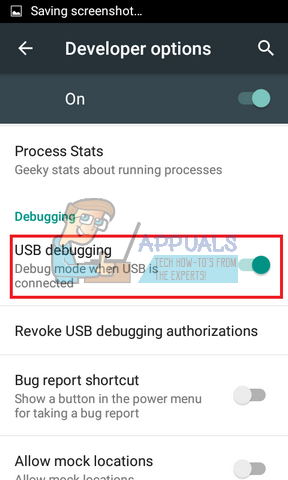Fix: FoxFi Not Working
FoxFi, now part of PdaNet+ is an app that enables Wi-Fi Hotspot on your Android phone without the need of a tether plan or root privileges. With multiple connection options like USB, Wi-Fi and Bluetooth, PdaNet+ is one of the leading Android apps for tethering mobile data traffic.
Users with big or unlimited data plans can use FoxFi to create Wi-Fi hotspots and allow their friends and family to connect via computers, tablets or game consoles with WPA2 security.
Unfortunately, due to pressure from mobile carriers and several updates (particularly the Nougat update), the Wi-Fi mode is now severely restricted to a few devices.
As of now, Verizon no longer allows FoxFi’s Wi-Fi connections on devices running Android Nougat. Also, only Samsung phones with a Verizon data plan running on Android 6.1 or below still have Wi-Fi connection support. For a complete list of supported FoxFi devices, check out this list.
FoxFi works by creating a security certificate that is later used to make changes to your Android system. After that, it uses a VPN (Virtual Private Network) to bypass the subscription check for your Hotspot, thus allowing you to enable it. But Android 7.0 (Nougat) has made things a lot trickier. However, Nougat has removed user control over security certificates. Even more, the update blocks FoxFi’s Wi-Fi tether and Bluetooth tether in some cases. So even if you are signaling to your device that you trust FoxFi, the app still doesn’t become a system-trusted app.
The good news; FoxFi’s USB tethering is mainly unaffected by the changes brought along with Nougat. The only minor issue is that T-Mobile data plans only work with “Hide Tether Usage” enabled, which will kill any kind of Netflix streaming.
With this in mind, here’s what you can do to continue using FoxFi to tether your mobile data connection.
Method 1: Use USB Tethering
If you were mainly using the FoxFi for your laptop, then this guide below is all you need. The good news is you can easily share your phone network with your PC/ Laptop. Although the steps might be a little different from device to device, you should be able to use the steps below as a general guide.
- Download and install PdaNet+ from Google Play Store.
- Go to Settings and scroll all the way down to About Device (About Phone on some devices).

- Search for the option named Build Number and tap on it seven times. If you do it right, you should get a message saying something like “You are now a developer”.

- Now go back to the first Settings menu and scroll all the way down. You should be able to see a new option called Developer Option.

- Tap on Developer Options, scroll down to the debugging section and enable USB Debugging. But make sure you do this while your Android is not connected to the PC or laptop, otherwise it won’t work.

- Switch over to your PC / Laptop, visit this website and download the newest version of PdaNet+ to your computer. Make sure you download the right version (Windows or Mac).
- Follow through the initial setup and install PdaNet+ to your computer.

- Now it’s time to connect your phone with the PC/ laptop. Unless you already modified this, when you connect your phone the USB mode will be set to Charging by default. For this to work, you need to set it to MTP or PTP.

Note: Some LG models will only work with the PTP option.
- Once the connection is established, you should be able to access the internet via the newly created tethered connection. You can close this connection by right-clicking on the PdaNet+ icon on your computer and clicking on Disconnect.
Note: A good practice is to expand the PdaNet+ Settings on your computer and set it to “Auto Connect When attached”. This will ensure your computer will connect to your phone’s internet as soon as it’s plugged in.
Method 2: Downgrade to Marshmallow
If using USB Tethering doesn’t serve your purpose, then downgrading to Marshmallow is about your only option to continue using FoxFi. The problem is, the process might have major differences for each manufacturer. Since almost each device manufacturer has proprietary software used for flashing, we cannot provide you with a work-for-all guide.
If you decide to do it however, take some precautions because you run the risk of bricking your device. If you downgrade successfully, remember to freeze or disable the app that handles software updates, so that you don’t get upgraded to Nougat again.